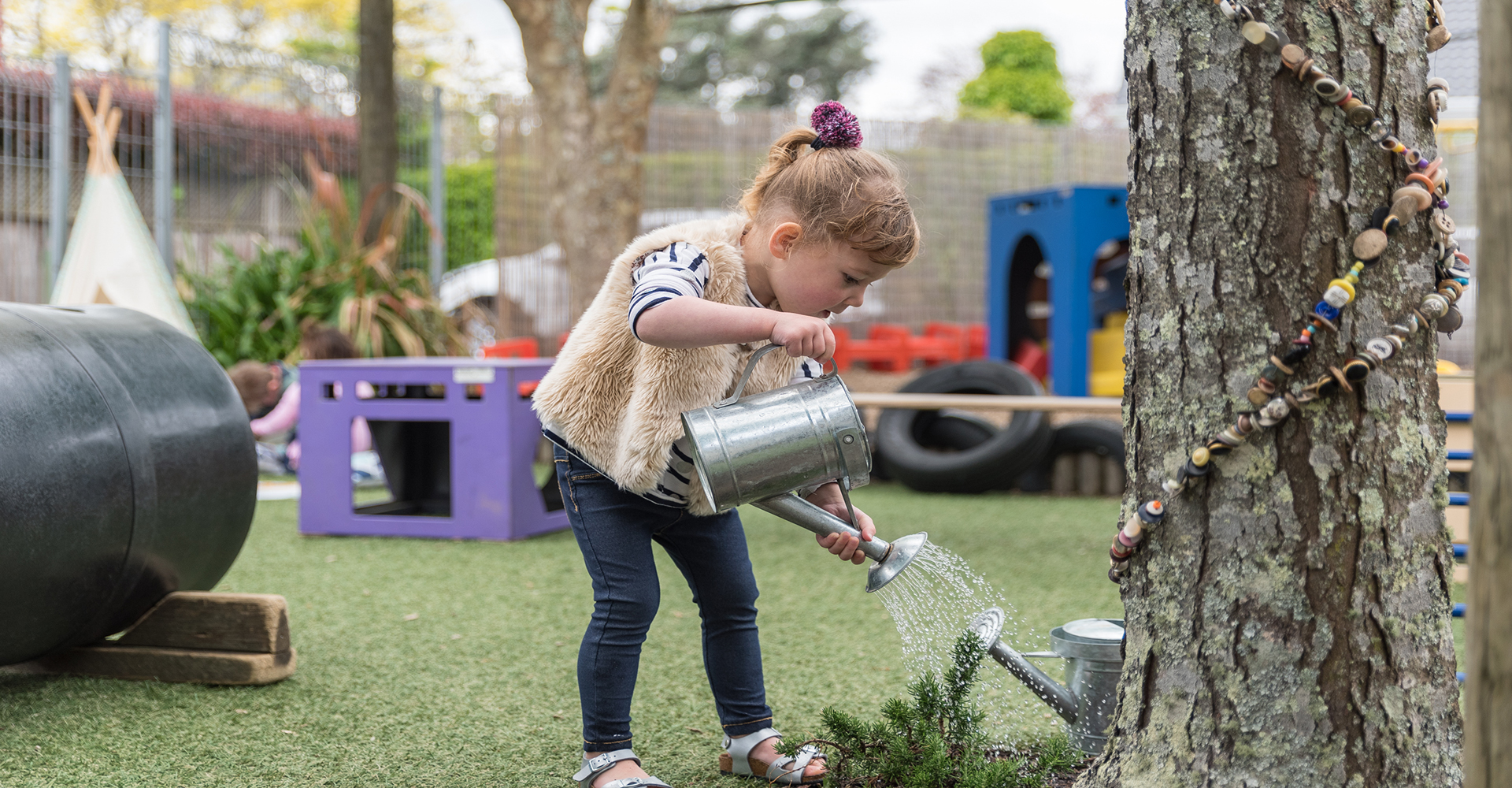Mess needs tidying. And when children make a mess, it usually means that we are the ones tidying with them. Be it a painting that grew too big for its canvas or a gardening project turned into a mud kitchen, it’s likely that whatever the aftermath is, an adult will have to bring things ‘back into order’. It’s extra work that we wouldn’t need to do otherwise, so we may try to stop it from happening in the first place. We make rules and boundaries to prevent messiness.
Now, rules and boundaries are not a bad thing. There are many that we all follow in our everyday life to avoid disruption. We expect children to follow similar rules, usually centered around a simple concept, “don’t do anything to anyone that they don’t want you to.”
We also create rules that make things easier for us — that’s fair enough. We can’t be tidying up all day or live in a space that is always messy. Yet, the more rules we make, the more we limit children’s exploration. We take away from the experience, eventually reaching a point where the child may no longer find it worthwhile.
The benefits of messy play
There are activities that can become messy, and there are activities that are designed around getting messy. Exploring gloop, slime, mud kitchens or finger painting fit in that second category. These are soothing, tactile and fascinating experiences for children that engage their senses, especially the sense of touch, allowing its connection with the brain to strengthen. Through such experiences, children become more familiar with different sensations and words such as wet, sticky, slippery, slimy, grainy, thick, light, hot, warm, and cold. They explore textures and material properties, making sense of them in their brain as they investigate the differences between them and categorise them based on what they look, smell, feel and sound like. It’s a cognitively stimulating process.
Having practical experience with how different materials and fluids behave comes in very handy when it comes to art and physics. It also helps children when confronted with unfamiliar foods and resilience around things that are ‘unpleasant’ to the touch.
On the other hand, many activities become messy as children tread deeper into the process. Maybe a craft activity needs a hundred little shards of paper and a great blob of glue to keep it in place or maybe the grass or leaves they discover in the garden would work much better as a soup with a little water and dirt. These hypotheticals can stretch on and on, and we see that in children’s play as they build one idea on top of another and explore their working theories. They may choose to work alone or with others, tirelessly elaborating on what they have done before or what they have observed another child do. It’s a process which encourages children to apply their creativity and express themselves as they experiment with ideas, stretching their imagination, developing their problem solving skills and building self-esteem as they become confident and happy decision makers.
While children are immersed in messy play, mixing concoctions, squishing mud through their fingers, measuring, pouring and squirting they are building on their fine motor skills, hand eye coordination and learning mathematical concepts. When shared alongside siblings and peers these experiences encourage communication, the sharing of ideas and concepts and support children in building social competency.
It’s valuable learning, and we often stop it by saying, ‘you can’t do that.’ Of course, we’re not saying that adults should allow children to do anything they would like to in their exploration. That’s not feasible. Yet, there are many moments when we can say ‘go for it’. We have a few suggestions to make that easier.
Making messy play manageable
1. Designate an area
Designating an area for children to get messy is a great way of keeping things under control without hindering learning. Lay out a tarp on the floor, wrap the table, or give them a garden patch that is theirs to work with. Make it their space, and most importantly, make them responsible for it.
2. Give them responsibility
Looking after your things is important, and children are capable of taking progressively more responsibility for their belongings as they get older. A boundary of, “I can’t let you do this until you’ve tidied what you were doing before”, is great for managing that. They may need time to do it, sometimes a lot of it, but looking after tools and resources is still a valuable part of the process. At the same time, do accommodatefor projects that may require more than one day — children love to return and develop something that they have worked on the day before.
3. Use ‘kindy clothes’
‘Kindy clothes’ is something of a slang for clothes that continue to serve their purpose of keeping the body warm and covered despite stains and minor-to-moderate structural damage. As the name might suggest, we love having children come to kindy wearing them, and we highly recommend them for home use too especially when children are engaging in messy play. There is less stress for both adults and children when all that needs to happen is for clothes to be thrown into the washing machine.
Sensory and messy play experiences are an important daily part of our curriculum at Little Treehouse Kindergarten. There will always be extra work for adults when children decide to get messy, but with a little bit of planning and some reasonable boundaries, we can make it manageable. The valuable learning and benefits are worth it, and there is nothing stopping you from joining in on the fun.

